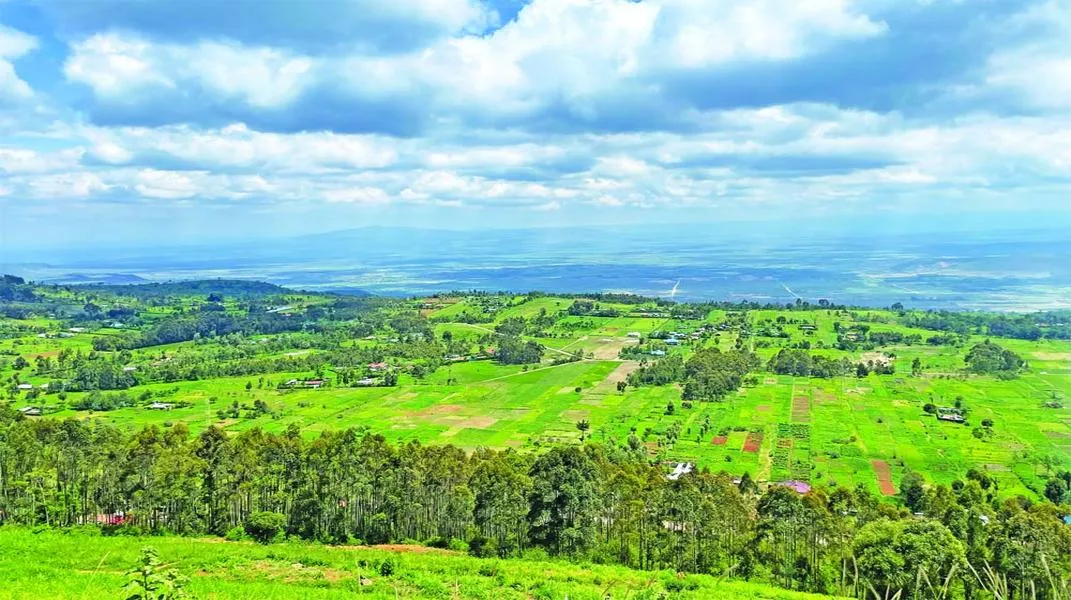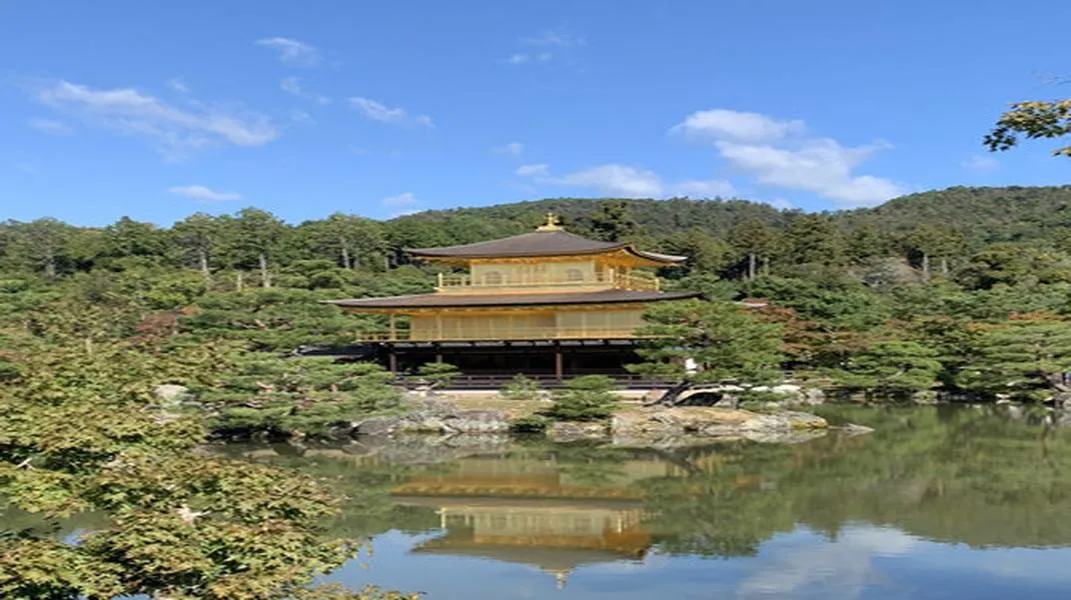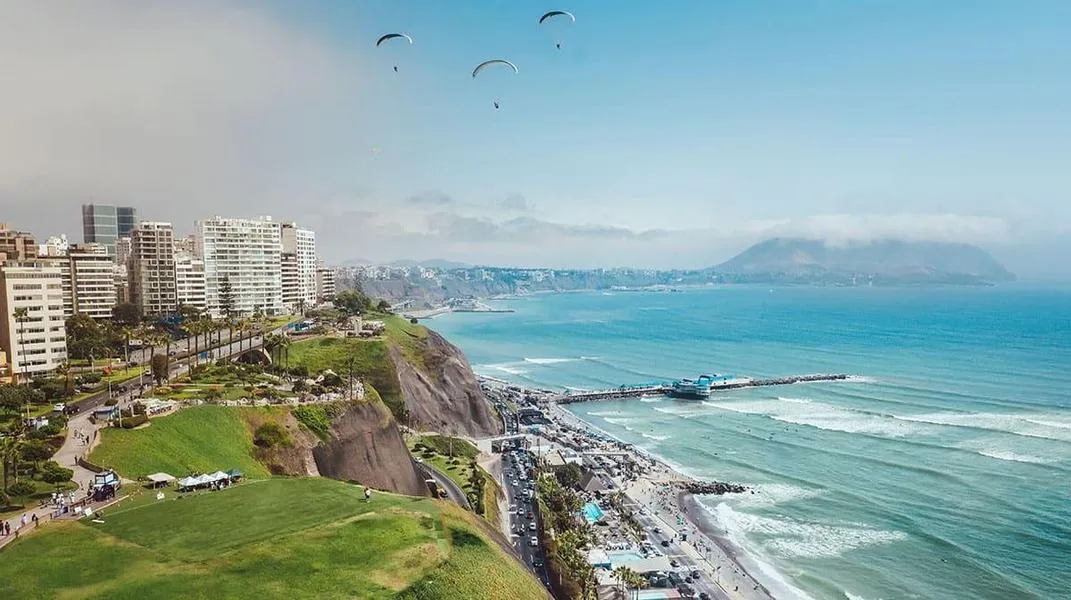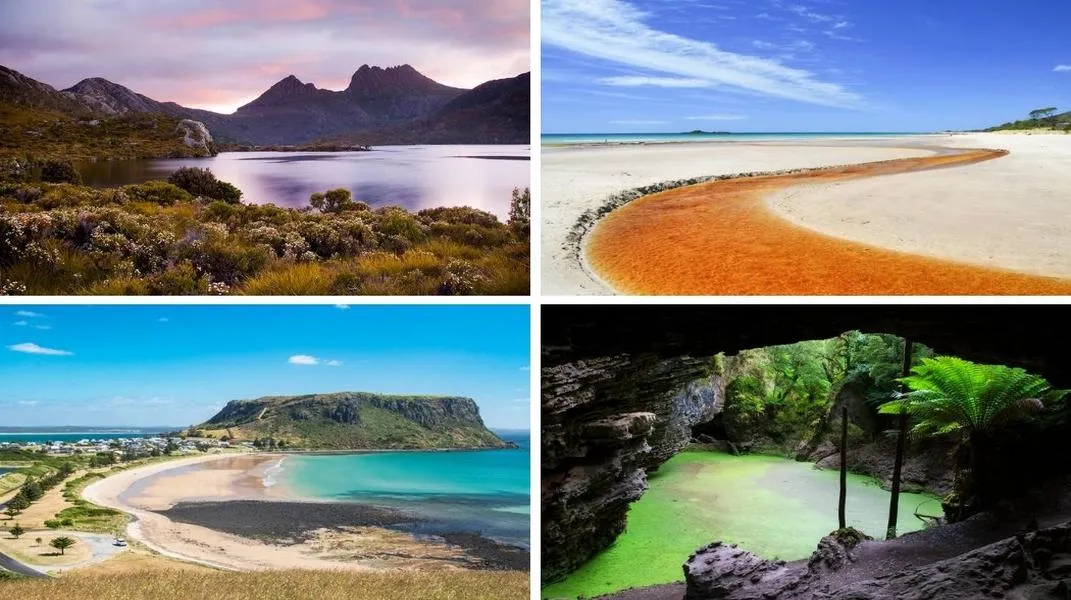Discovering Cusco: The Heart of the Inca Empire
Nestled high in the Andes Mountains of Peru, Cusco is a city that echoes with history and vibrant culture. Once the capital of the Inca Empire, this UNESCO World Heritage site offers a unique blend of ancient and colonial architecture, breathtaking landscapes, and a rich tapestry of traditions. For those planning a visit to this remarkable destination, understanding its attractions, history, and the preparations needed can enhance the experience manifold.
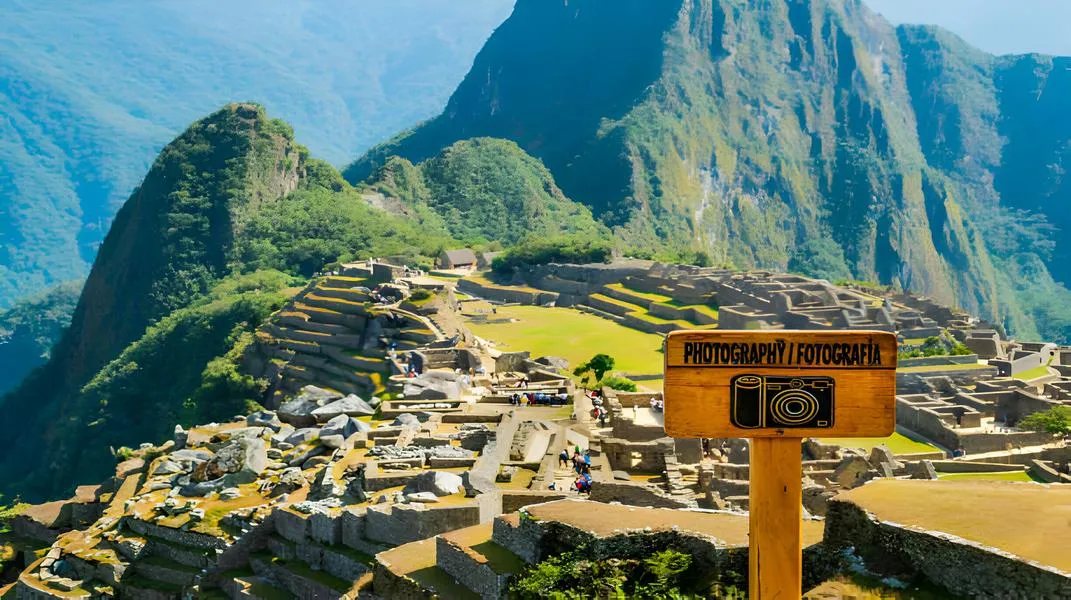
A Brief History of Cusco
Cusco, often referred to as the "Navel of the World" by the Incas, was a crucial hub for trade and culture in pre-Columbian South America. The city was strategically located at the intersection of several vital Inca roads leading to various regions of the empire. After the Spanish conquest in the 16th century, Cusco underwent significant transformations, with colonial buildings erected atop Incan foundations, resulting in a fascinating architectural tapestry that tells the story of its turbulent past.
Must-See Attractions in Cusco
1. Sacsayhuamán
One of the most iconic archaeological sites near Cusco, Sacsayhuamán is an impressive example of Inca engineering. Located on a hill overlooking the city, this fortress features massive stone walls constructed with precisely cut stones that fit together without mortar. The site is not only a testament to the Incas' architectural prowess but also offers stunning panoramic views of Cusco and the surrounding landscape. Visitors can explore the expansive grounds, marvel at the intricate stonework, and learn about its historical significance.
2. Qorikancha (Temple of the Sun)
Once the most important temple in the Inca Empire, Qorikancha was dedicated to Inti, the Sun God. The temple was originally adorned with gold and silver, symbolizing the wealth and power of the Incas. Following the Spanish conquest, the church of Santo Domingo was built atop the temple, showcasing the fusion of Inca and colonial architecture. Visitors can wander through the temple's ruins, appreciate the remarkable stonework, and delve into the history of this sacred site.
3. Plaza de Armas
The heart of Cusco, the Plaza de Armas is bustling with activity and serves as the city's main square. Surrounded by stunning colonial buildings, including the Cathedral of Cusco and the Church of La Compañía de Jesús, the plaza is a perfect spot to soak in the local culture. Street performers, artisans, and vendors fill the square, offering a vibrant atmosphere. Don't miss the opportunity to enjoy a coffee or meal at one of the many cafes overlooking the plaza.
4. Cusco Cathedral
Dominating the Plaza de Armas, the Cusco Cathedral is a striking example of colonial architecture. Completed in the 17th century, the cathedral features an elaborate interior with intricately carved altars, beautiful paintings, and a stunning collection of religious artifacts. The mix of baroque and Renaissance styles makes it a must-visit for history and art enthusiasts alike.
5. San Blas Neighborhood
Known for its bohemian charm, San Blas is a picturesque neighborhood filled with narrow cobblestone streets, artisan shops, and quaint cafés. The area is home to many local artists and craftspeople, making it an ideal place to shop for unique souvenirs. Visitors can explore the San Blas Church, famous for its intricately carved pulpit, and enjoy the vibrant atmosphere of this artistic enclave.
6. Qenqo
Another significant archaeological site near Cusco, Qenqo is believed to have been a ceremonial center. The site features a series of carved stone structures, including a large amphitheater and intricate rock formations with channels that may have been used for water rituals. The mystical atmosphere of Qenqo makes it a fascinating place to explore, especially for those interested in Inca spirituality.
7. Pisac Market and Ruins
Located about 30 kilometers from Cusco, Pisac is famous for its vibrant market and impressive archaeological site. The market is a treasure trove of local handicrafts, textiles, and fresh produce, offering visitors a chance to immerse themselves in local culture. After exploring the market, hike up to the Pisac ruins, where you can enjoy stunning views of the Sacred Valley and learn about the Incan agricultural terraces.
8. Machu Picchu
While not located in Cusco itself, no trip to the region would be complete without a visit to the iconic Machu Picchu. This ancient citadel, often referred to as the "Lost City of the Incas," is a UNESCO World Heritage site and one of the New Seven Wonders of the World. Accessible by train or hiking the Inca Trail, Machu Picchu offers a mesmerizing glimpse into Inca civilization and breathtaking views of the surrounding mountains.
Preparing for Your Visit to Cusco
Travel Essentials
1. Travel Documents
Ensure your passport is valid for at least six months beyond your planned departure date. Check visa requirements for Peru, as some nationalities may need to obtain a visa before arrival.
2. Flights
Book a flight to Alejandro Velasco Astete International Airport (CUZ), which serves Cusco. Direct flights are available from major cities in Peru, including Lima.
3. Accommodation
Research and book accommodations in advance. Cusco offers a wide range of options, from luxury hotels to budget hostels. Consider staying in the historic center for easy access to attractions.
Health Considerations
1. Altitude Sickness
Cusco sits at an elevation of 3,400 meters (11,200 feet) above sea level, making altitude sickness a common concern. To mitigate symptoms, allow yourself a few days to acclimatize, stay hydrated, and avoid strenuous activities upon arrival.
2. Vaccinations
Check with your healthcare provider about recommended vaccinations for travel to Peru. Common vaccinations include Hepatitis A, Typhoid, and Tetanus.
Packing List
1. Clothing
Layered Clothing: The weather in Cusco can vary greatly throughout the day. Pack layers, including t-shirts, long sleeves, and a warm jacket. Comfortable Footwear: Bring sturdy walking shoes or hiking boots for exploring the city and surrounding sites. Rain Gear: Depending on the season, pack a lightweight rain jacket or poncho, particularly if you plan to visit during the rainy season (November to March).
2. Accessories
Sunscreen and Sunglasses: The sun's intensity is higher at altitude, making sunscreen essential to protect your skin. Water Bottle: Bring a reusable water bottle to stay hydrated and reduce plastic waste. Backpack: A small daypack is useful for carrying essentials while exploring.
Currency and Budgeting
1. Currency
The currency in Peru is the Sol (PEN). Credit cards are widely accepted in hotels and restaurants, but it’s advisable to carry cash for markets and smaller vendors.
2. Budgeting
Cusco can accommodate various budgets. Entrance fees for attractions range from free to around $25. Dining options range from street food to upscale restaurants, so plan accordingly.
Cultural Etiquette
1. Respect Local Customs
When visiting sacred sites, dress modestly and behave respectfully. Always ask for permission before taking photos of people.
2. Learn Basic Spanish Phrases
While many people in Cusco speak English, learning a few basic Spanish phrases can enhance communication and show respect for the local culture.
Conclusion
Cusco is more than just a gateway to Machu Picchu; it is a vibrant city steeped in history and culture. From its stunning archaeological sites and colonial architecture to its lively markets and rich traditions, Cusco offers an unforgettable experience for travelers. By preparing adequately, understanding the local customs, and immersing yourself in the region's rich history, your visit to this remarkable city can be both enriching and transformative. Whether you are wandering the cobblestone streets, exploring ancient ruins, or savoring traditional Peruvian cuisine, Cusco promises a journey that resonates long after you have left its enchanting embrace.

